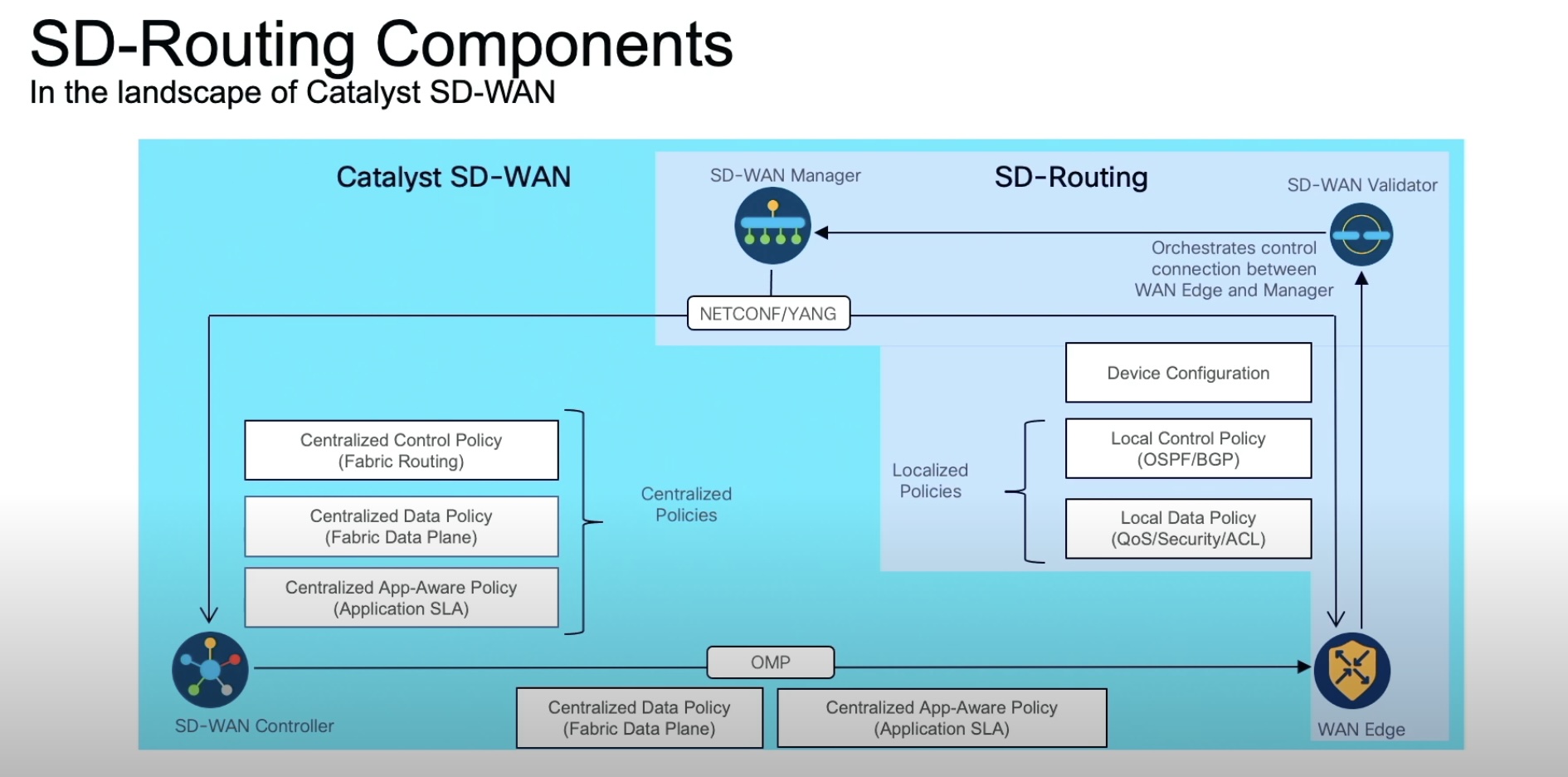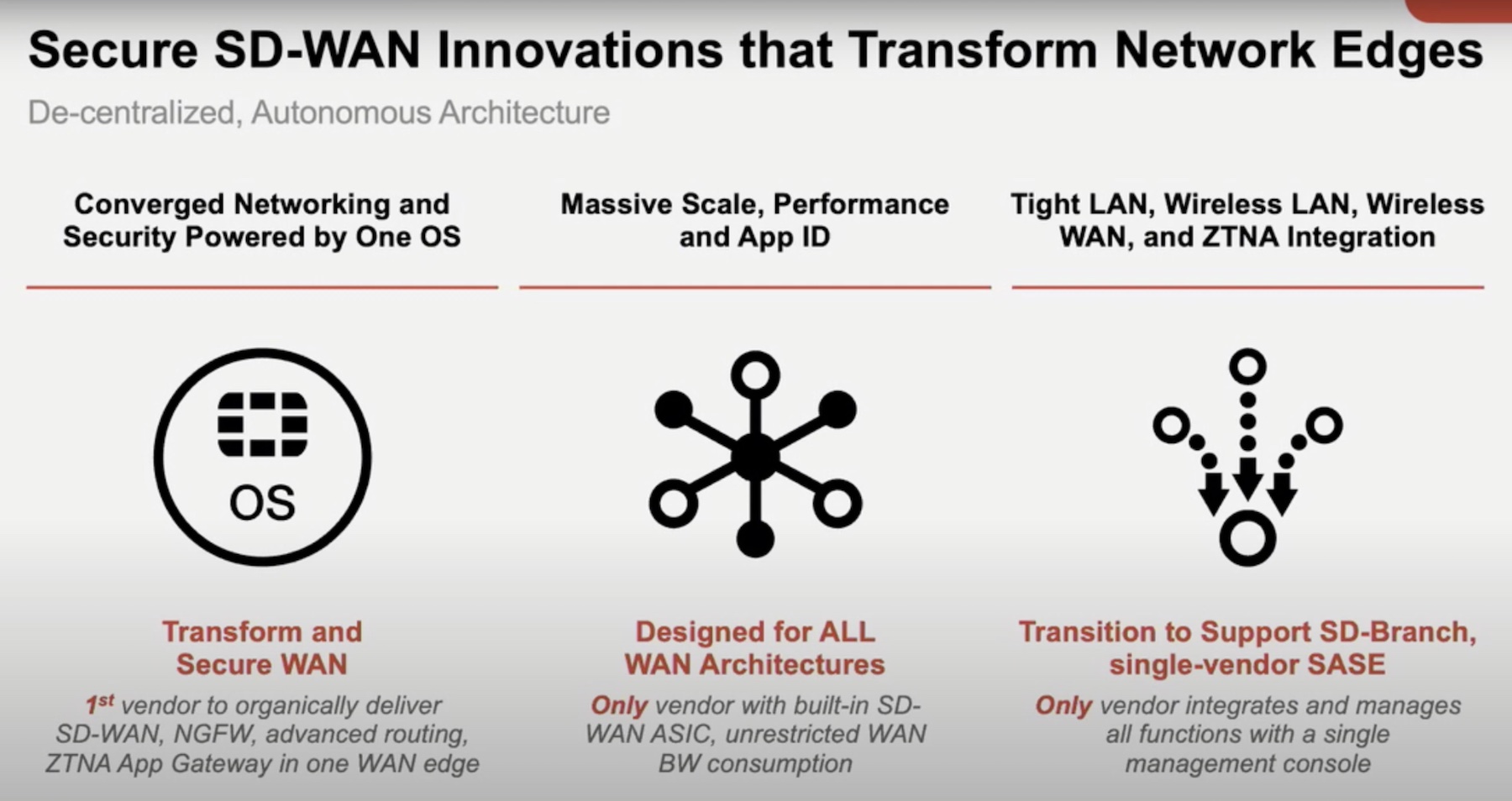Humans have always needed access to healthcare to increase their quality of life but bringing people to that healthcare is not always possible. Natural disasters such as fires, floods, hurricanes, tornados, earthquakes, or the current COVID-19 pandemic create an immediate need to bring healthcare to the people.
As healthcare has come to rely on technology to increase the speed and accuracy of positive healthcare outcomes, the reliance on Wide Area Networks (WAN) is only growing.
Diagnosing the Legacy WAN
Depending on the size and geographic spread of an organization, the WAN is built on a host of transport technologies that translate into physical provisioning challenges. Examples of transport types are:
- Satellite
- Cellular service
- Layer-2/Layer-3 Virtual Private Networks (L2VPN/L3VPN)
- The Internet
The dizzying array of applications and services, along with their varying delivery requirements, creates other challenges:
- Effectively servicing real-time applications that require prioritization along with applications that are bandwidth-heavy and consume all available resources, usually requires Quality of Service (QoS).
- Making use of all available circuits often means the use of Policy-Based Routing (PBR) – I prefer to call it Probably Broken Routing.
- Multiple destinations (i.e., public cloud, Software as a Service (SaaS) locations, other branch offices, and on-premises data centers) requires more complicated routing tables and additional tunnels.
Adding to the pain, meeting all requirements can only be accomplished with box-by-box configuration. The organization is left with an artisanally-built WAN that is poorly documented. Effectively troubleshooting the resultant mess is only possible by the people who created it.
SD-WAN is the Medicine
Software-Defined Wide Area Network (SD-WAN) is a member of the Software-Defined Network (SDN) family. The hallmarks of SDN are virtualization, automation, orchestration, and centralized configuration.
SD-WAN virtualizes the underlying transports by building overlay networks and tunnels between remote sites. Automation, orchestration, and centralized configuration are realized through a set of controllers that eliminate the need for an administrator to perform a box-by-box configuration.
The centralized controller abstracts the configuration complexity of QoS, PBR, and performance routing away from the network administrator. These components are still in use, but they are hidden under the covers. Rather than configuring each technology individually, the administrator sets policy for the applications, and the controller configures the minutiae.
Centralized management also unlocks the door to Zero-Touch Provisioning (ZTP). The key benefit being that highly skilled staff are not required to spin up and operate new sites, significantly reducing deployment times.
Prescribing SD-WAN for Healthcare
The current COVID-19 pandemic has seen the rapid deployment of new healthcare facilities around the globe. Testing facilities, field hospitals, and morgues all have requirements for quick access to WAN connectivity.
Many healthcare services have been digital for a long time, and many of these services are delivered remotely. Video conferencing, diagnostic imaging, child psychology, and transcription services – to name a few – are offered remotely, and all have unique traffic patterns and network requirements.
Business requirements state that medical traffic is more important than administrative traffic. Security and compliance require that medical devices be segmented from administrative systems.
Consultations between medical professionals mean information needs to be available across many locations at a moment’s notice.
The following features make SD-WAN a perfect fit for healthcare:
- Zero-Touch Provisioning
- Application-driven routing policies
- Traffic Segmentation
- Dynamic tunneling
- Centralized management and configuration
The Prognosis for Healthcare WANs
The complexity of requirements for healthcare WANs is ever increasing. Four key factors are what is driving the complexity.
- The types of remotely delivered services are continuously expanding, and the competition for bandwidth is always growing, which increases the complexity of application-driven routing policies.
- Moving from manual/bulk updates to real-time updates of electronic medical records for various vital signs means connectivity needs to be reliable.
- The growing number of remote locations taxes information technology staff as well as healthcare professionals themselves. The difficulty of recruiting staff for both teams translates to a skills gap in remote areas.
- The next regional, national, or global healthcare crisis is always just over the horizon. Rapid deployment of healthcare services during an emergency is critical to providing more positive outcomes for the people in need.
Just as healthcare can improve the quality of life, SD-WAN can improve the delivery of healthcare.




